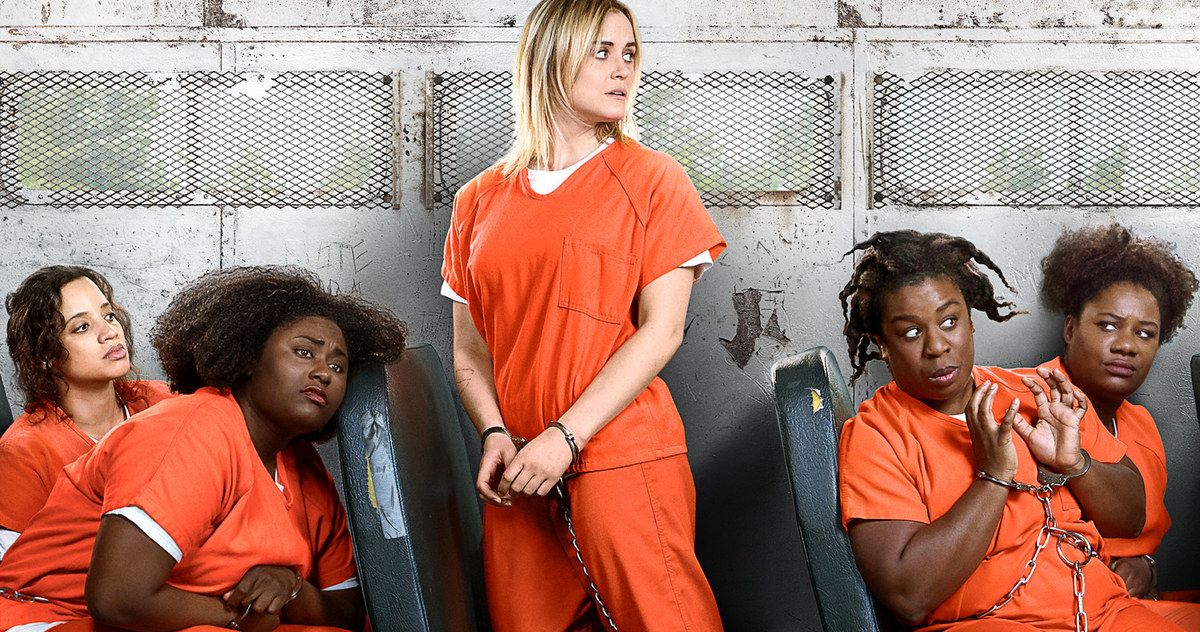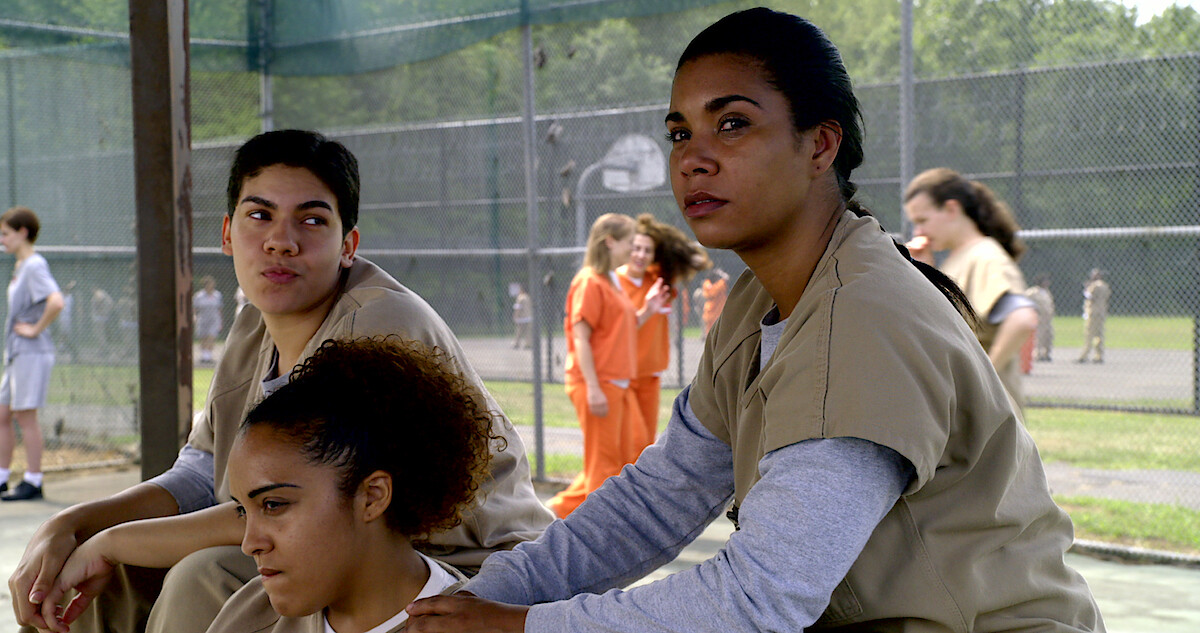Where every inmate has a story—and every story demands to be heard.
When Orange Is the New Black first premiered in 2013, it cracked open the doors of Litchfield Penitentiary and invited audiences into a world rarely portrayed with such candor and complexity. Based on Piper Kerman’s memoir, the series follows Piper Chapman, a woman whose privileged life is upended when she is sentenced to 15 months in a minimum-security women’s prison. But what begins as Piper’s story soon blossoms into an intricate tapestry of diverse voices, each inmate revealing her own past, pain, and resilience.
The show’s brilliance lies in how it balances humor and heartbreak, using flashbacks to peel away the layers of its characters. Through these glimpses into their lives before prison, viewers are confronted with the systemic failures, social inequalities, and personal tragedies that shaped their journeys. Every woman in Litchfield carries a story worth hearing, from Taystee’s sharp wit and unyielding loyalty to Red’s fierce maternal instincts, and Poussey’s bright spirit that lingers long after she’s gone.

As the seasons progressed, Orange Is the New Black moved beyond Piper’s privileged lens, shifting its focus toward broader social commentary. The series fearlessly tackled topics like racial injustice, corruption in the prison-industrial complex, immigration detention, and the dehumanizing effects of privatized prisons. It didn’t shy away from showing how the system breaks people down while also revealing the bonds and small victories that help them survive.
Visually and narratively, the show thrived on its authenticity. Its diverse cast, both in ethnicity and body type, broke Hollywood stereotypes, portraying women with unapologetic realness. The mix of comedy, drama, and sharp social critique gave the series a unique tonal balance—one that could make you laugh in one scene and break your heart in the next. The prison walls in Orange Is the New Black didn’t just contain the women; they became a metaphor for the invisible barriers society builds outside.

By the time the series concluded in 2019, it had cemented itself as a cultural milestone. It sparked conversations about representation, criminal justice reform, and the humanity of those society deems disposable. The final season was a bittersweet farewell, tying up some stories while leaving others painfully unresolved—much like real life.
Orange Is the New Black is more than just a prison drama—it’s a mirror held up to society, reflecting our flaws, biases, and capacity for empathy. It remains a testament to the power of storytelling to humanize even the most marginalized, reminding us that behind every orange jumpsuit is a life worth knowing.


-1751344400-q80.webp)
